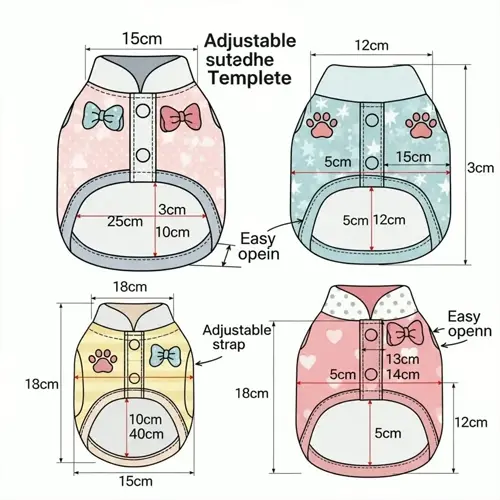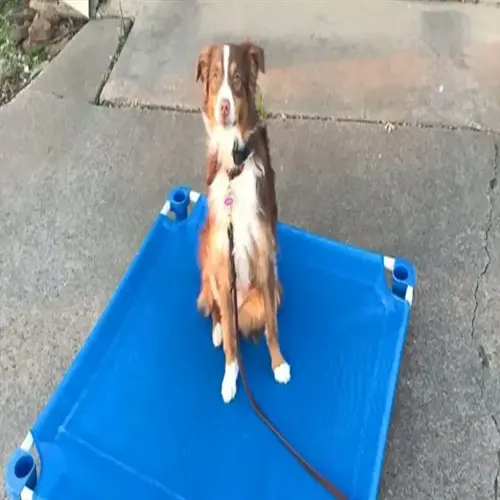What's the most effective way to reward fetching?

Written by
Kailani Okoro
Reviewed by
Prof. David Walsh, Ph.D.Reward timing is critical to success in fetch training. It's important to deliver the treats within two seconds of each retrieve, so the dog gets a clear picture of the behavior you are linking the reward to. Exact timing helps your dog understand just what action it was that earned the reward. In this manner, you will get a reliable fetching habit established much faster than with delayed reinforcement.
Marker Words
- Use 'Yes' or 'Good' simultaneously with treat delivery
- Always pair markers with immediate rewards
- Maintain consistent verbal cues across sessions
Value Tiers
- High value: Dried liver or fish for new behaviors
- Medium value: Cheese or chicken during refinement
- Low value: Kibble or praise for maintenance
Reduction Phasing
- Phase 1: 100% rewards for initial learning
- Phase 2: 50% rewards during skill refinement
- Phase 3: 25% rewards for mastered behaviors
Marker words allow precise communicative bridges. As soon as the feet have touched the retrieved toy, I say "Yes." This sound becomes a predictor of a treat reward. It is not long before the marker itself elicits tail wags. Uniformity of timing avoids confusion regarding the behavior responsible for earning the treat.
Value scaling retains high motivational levels through various phases of training. Save the special rewards, such as salmon jerky, for when you are training new commands. Start using the chicken pieces during the practice sessions. Finally, give kibble for the maintenance. This type of approach avoids reward dependence in your dog while maintaining high motivation.
Progressive reduction creates a desire to fetch. Give treats after each fetch initially. When your dog is successful 8 out of 10 times, reduce the reward by half. Later, the reward is given in 1 out of every 3 fetches. This gradual development moves the dog away from being driven by food to being driven by pleasure while hunting.
Times and Rewards - Common problems are inconsistent times of reward or rewards of little value. Treats must be given within 3 seconds. Ordinary kibble often fails to inspire attention. Changes in the dog's excitement or interest ordinarily indicate its boredom with rewards. Always go for reward improvement the moment no progress is noted.
Read the full article: 7 Step Dog Fetch Training Guide

